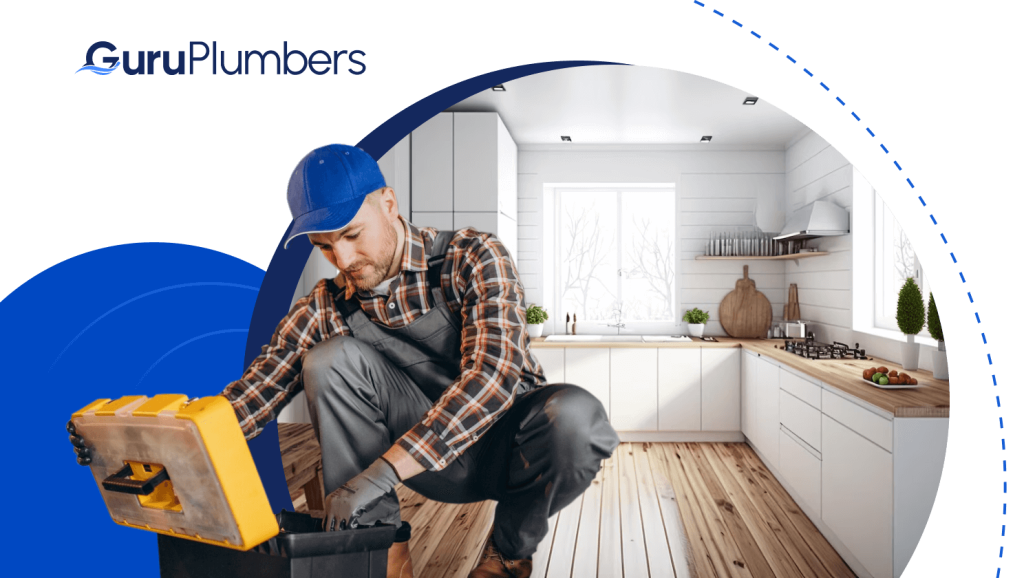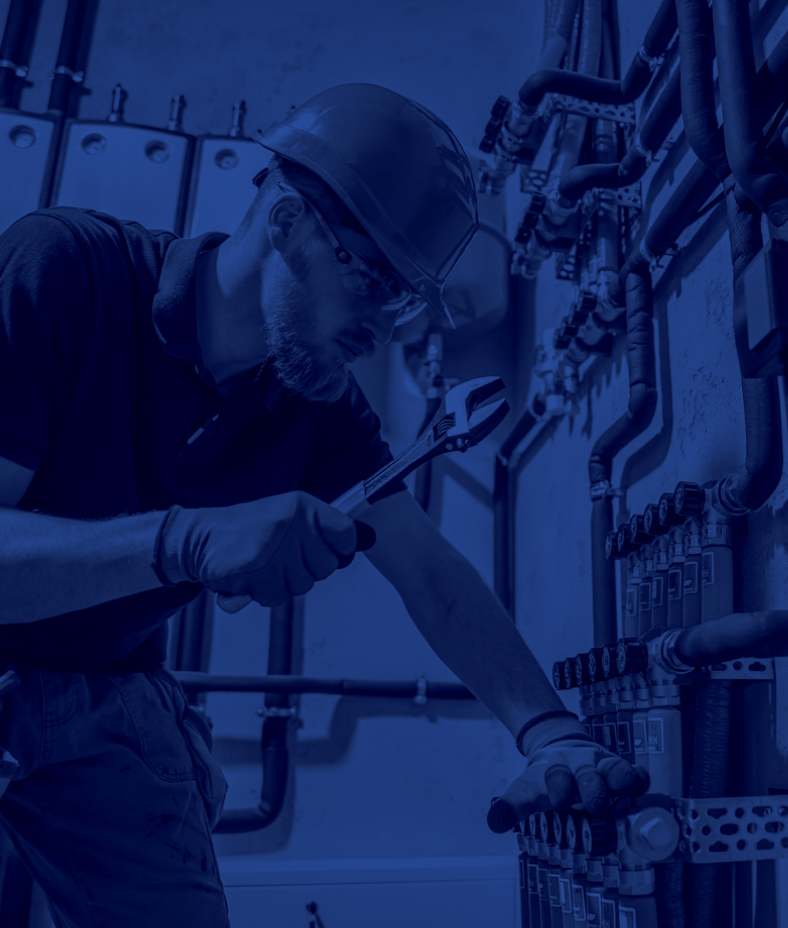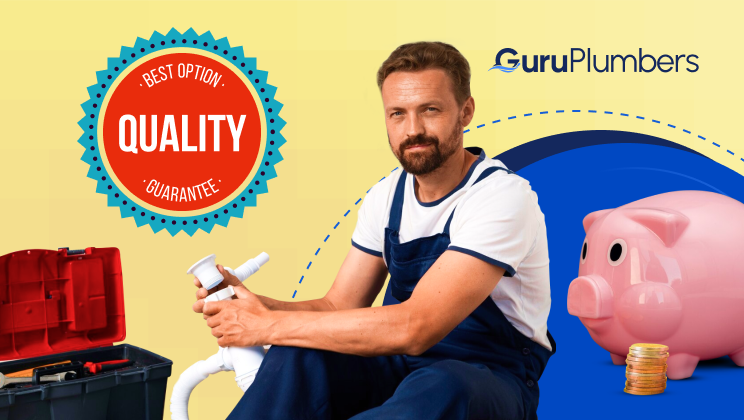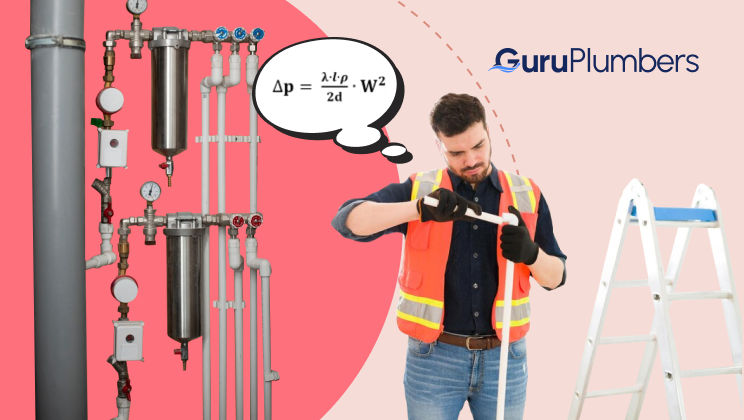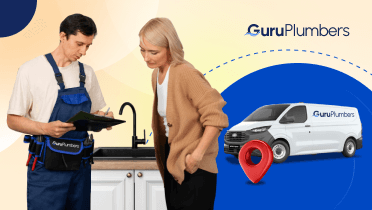For your home’s plumbing system to function and last, regular maintenance and repairs are essential. Neglecting issues can lead to costly repairs and potential damage to your property. Whether it’s fixing a leaky faucet or addressing a clogged drain, understanding the dos and don’ts of DIY plumbing repairs is essential for homeowners. This guide will outline key considerations to help you navigate common plumbing issues effectively and safely.
Importance of Plumbing Maintenance and Repairs
Preventing small plumbing problems from becoming major catastrophes requires regular maintenance and prompt repairs. A leak can damage your home’s structure and cause mold growth if left unattended. In order to maintain your home’s plumbing infrastructure’s integrity, you should address problems early on.
You should follow certain guidelines when tackling DIY plumbing repairs to ensure safety and effectiveness. The dos include conducting thorough research, using the right tools and materials, and knowing when to seek professional help. Conversely, the don’ts involve avoiding shortcuts, ignoring safety precautions, and attempting complex repairs beyond your skill level.
Understanding the Scope of DIY Plumbing Repairs
Plumbing issues can be handled by you or a professional plumber depending on the circumstances. Simple tasks such as fixing minor leaks, unclogging drains, or replacing a faucet washer are generally suitable for DIY. However, complex issues involving extensive pipe work, sewer lines, or water heater repairs often require specialized knowledge and tools.
Attempting complex repairs without experience poses significant risks. It can lead to worsened damage, increased repair costs, and potential safety hazards. The key to maintaining an efficient plumbing system is understanding your limitations and seeking professional assistance when necessary.
The Dos of DIY Plumbing Repairs
Do Conduct Proper Research and Preparation
Understanding the plumbing issue before starting repairs is essential. Proper research helps you grasp the underlying problem and determine the appropriate repair methods. This prevents unnecessary mistakes and ensures the repair is effective and long-lasting. Additionally, gather all necessary tools and materials beforehand to streamline the process and avoid interruptions.
Do Start with Simple Fixes
Begin with straightforward repairs that you feel comfortable handling. For instance, fixing a leaky faucet by replacing a worn-out washer or clearing a clogged toilet using a plunger are tasks within reach for many homeowners. These simple fixes can often be completed quickly and without extensive plumbing knowledge.
Do Follow Safety Precautions
Safety should always be a priority when working on plumbing repairs. If you are exposed to chemicals, sharp edges, or hot water, wear protective gear such as gloves and goggles. When working on plumbing fixtures or pipes, remember to turn off the water supply and electricity if necessary to avoid accidents and ensure a safe working environment.
Do Know When to Stop and Call a Professional
Recognizing when a plumbing issue exceeds your expertise is crucial. Certain signs indicate that it’s time to call a professional plumber, such as extensive water damage, persistent leaks despite repairs, or issues involving complex plumbing systems like water heaters or sewer lines. Seeking professional help promptly can prevent further damage and ensure the problem is resolved correctly.
The Don’ts of DIY Plumbing Repairs
Don’t Ignore Plumbing Codes and Regulations
Ignoring local plumbing codes and regulations can lead to serious consequences. Compliance ensures the safety and efficiency of your plumbing system. Failing to adhere to codes may result in fines, invalidated insurance claims, or even difficulties when selling your home. Always research and follow applicable codes before starting any plumbing work.
Don’t Use Incorrect Tools or Materials
It is possible for plumbing fixtures and pipes to be damaged if you use the wrong tools or materials. For example, using a wrench that’s too large can strip fittings or crack pipes, leading to leaks and costly repairs. Similarly, using inappropriate materials such as mismatched pipe connectors or low-quality seals can compromise the integrity of your plumbing system.
Don’t Disregard Safety Measures
Neglecting safety precautions puts you at risk of injury and can exacerbate plumbing problems. Rushing through repairs without taking necessary precautions, like not wearing protective gear or not securing work areas properly, increases the likelihood of accidents. Taking the time to work safely ensures your well-being and the effectiveness of the repairs.
Don’t Rush the Repair Process
Taking shortcuts or rushing through plumbing repairs can result in shoddy workmanship and future problems. It’s important to allocate enough time to complete repairs properly, following manufacturer guidelines and best practices. Rushing can lead to overlooked issues, incomplete repairs, or improper installations, which may necessitate redoing the work or calling a professional to fix mistakes.
When performing DIY plumbing repairs, follow these guidelines to make sure your plumbing system will work properly and stay safe.
Common Mistakes to Avoid
Over-tightening fittings
One common mistake in DIY plumbing repairs is over-tightening fittings. While it’s important to secure connections, excessive tightening can damage threads, fittings, or seals. This can lead to leaks or even breakage, requiring replacement of parts and additional repairs. Properly hand-tightening and then giving a quarter turn with a wrench is usually sufficient to create a seal without risking damage.
Mixing up pipes and connections
Another mistake is mixing up pipes and connections. Plumbing systems often use different materials like PVC, copper, or galvanized steel, each requiring specific fittings and connections. Using the wrong type of pipe or connector can lead to leaks, corrosion, or structural damage over time. It’s crucial to use compatible materials and fittings designed for the specific plumbing system you’re working on.
Using chemical drain cleaners excessively
Drain cleaners with chemicals are often used to clear clogged drains, but excessive use may do more harm than good. These cleaners are harsh chemicals that can corrode pipes, especially older ones made of metal. They may also pose health risks and harm the environment. Plunger or drain snakes can be used to clear minor clogs, and enzyme-based cleaners can be used if necessary.
Final Thoughts
In conclusion, mastering DIY plumbing repairs requires adherence to fundamental dos and don’ts to ensure effective and safe outcomes. By conducting proper research, starting with simple fixes, and prioritizing safety precautions, homeowners can tackle minor plumbing issues confidently. However, it’s equally crucial to recognize when a problem exceeds your expertise and to seek professional help promptly.
Recapping the dos and don’ts emphasizes the importance of preparation, safety, and knowing when to call in a plumber. Knowing your limits can prevent costly mistakes and ensure the longevity of your plumbing system. Furthermore, many plumbing problems can be avoided if you follow a proactive approach to plumbing maintenance, such as regular inspections and prompt repairs.
By following these guidelines and being mindful of common mistakes to avoid, homeowners can maintain a functional and reliable plumbing system while minimizing the need for extensive repairs. Taking these steps not only protects your investment in your home but also enhances your confidence in handling basic plumbing issues effectively.
